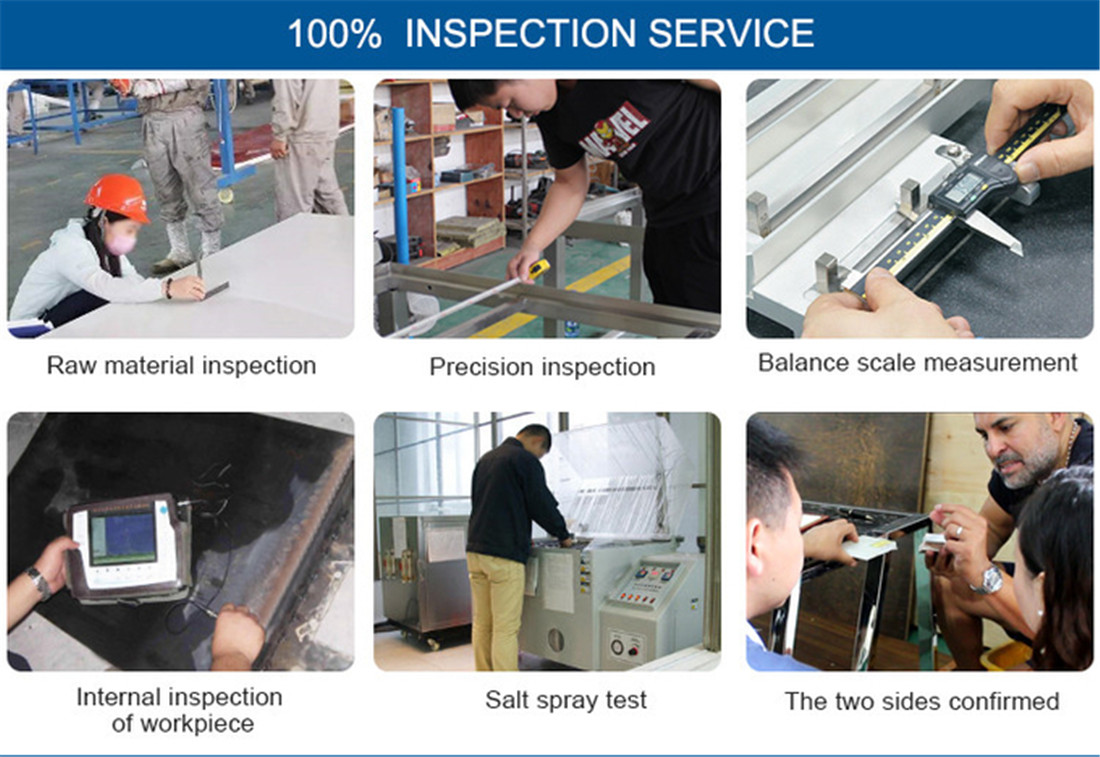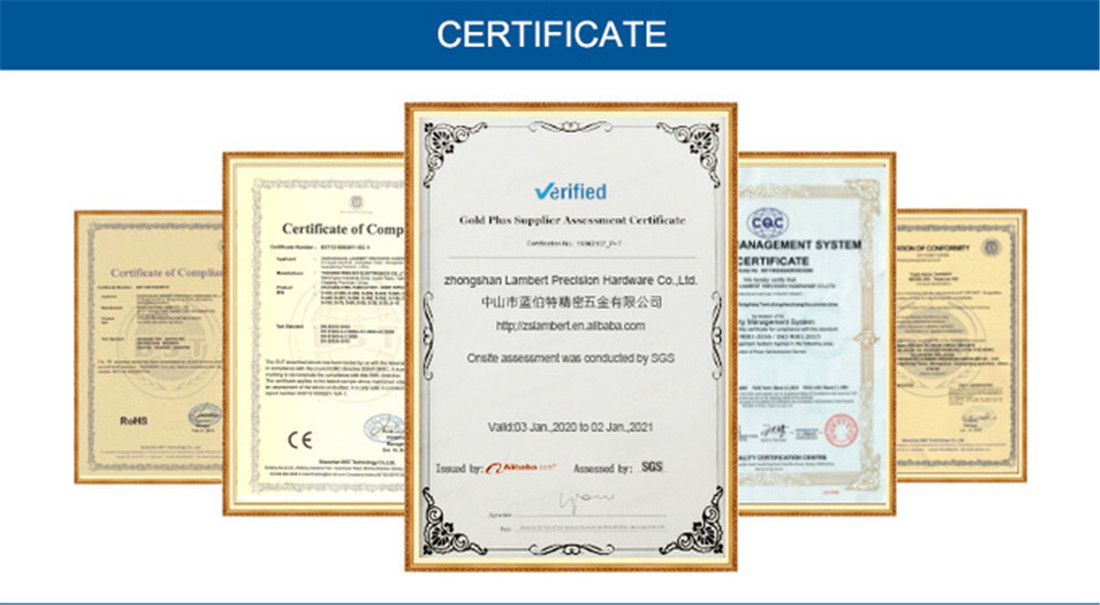


 Polishing can be used to enhance and restore the appearance of certain metal parts or objects on automobiles and other vehicles, handrails, cookware, kitchenware and construction metal.
Polishing can be used to enhance and restore the appearance of certain metal parts or objects on automobiles and other vehicles, handrails, cookware, kitchenware and construction metal. There are two kinds of polishing actions: cutting action and color action. The cutting movement is designed to provide a uniform, smooth, semi-polished surface finish. This is achieved by moving the workpiece against the rotation of the polishing wheel, while applying moderate to hard pressure. Color movement provides a clean, bright, shiny surface finish. This is achieved by moving the workpiece with the rotation of the polishing wheel, while using moderate to light pressures.
There are two kinds of polishing actions: cutting action and color action. The cutting movement is designed to provide a uniform, smooth, semi-polished surface finish. This is achieved by moving the workpiece against the rotation of the polishing wheel, while applying moderate to hard pressure. Color movement provides a clean, bright, shiny surface finish. This is achieved by moving the workpiece with the rotation of the polishing wheel, while using moderate to light pressures.
 The condition of the material at hand determines which type of abrasive will be used. If the material is not finished, coarse abrasives (may be 60 or 80 grain size) are used in the first stage and finer abrasives such as 120, 180, 220/240, 320, 400 and higher grain size are used in each subsequent stage until the desired finish is achieved. Roughness (i.e., large grit) works by removing imperfections such as pits, nicks, lines and scratches from the metal surface. Finer abrasives leave lines invisible to the naked eye. No. 8 (" specular ") finish requires polishing and polishing compounds, as well as a polishing wheel attached to a high speed polishing machine or electric drill. Lubricants such as wax and kerosene although some polishing materials are specifically designed for "dry" use, they can be used as a lubricating and cooling medium during these operations. Polishing can be done manually using a stationary polishing machine or a die grinder, or it can be done automatically using special equipment.
The condition of the material at hand determines which type of abrasive will be used. If the material is not finished, coarse abrasives (may be 60 or 80 grain size) are used in the first stage and finer abrasives such as 120, 180, 220/240, 320, 400 and higher grain size are used in each subsequent stage until the desired finish is achieved. Roughness (i.e., large grit) works by removing imperfections such as pits, nicks, lines and scratches from the metal surface. Finer abrasives leave lines invisible to the naked eye. No. 8 (" specular ") finish requires polishing and polishing compounds, as well as a polishing wheel attached to a high speed polishing machine or electric drill. Lubricants such as wax and kerosene although some polishing materials are specifically designed for "dry" use, they can be used as a lubricating and cooling medium during these operations. Polishing can be done manually using a stationary polishing machine or a die grinder, or it can be done automatically using special equipment. 